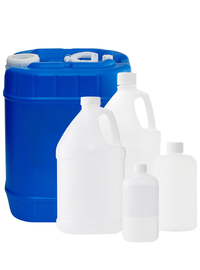Toluidine Blue Dye (Stain) *
| Powder |
Chemistry Table
| 92-31-9 | |
| C15H16ClN3S | |
| 305.8 | |
| Tolonium chloride, Toluidine Blue, Toluidine Blue O, Basic Blue 17, Blutene chloride | |
| 7083 | |
| Laboratory Grade |
Customer Reviews and Q&A
5.0
Rated 5.0 out of 5 stars
Based on 1 review
5
Rated out of 5 stars
1
Total 5 star reviews: 1 4
Rated out of 5 stars
0
Total 4 star reviews: 0 3
Rated out of 5 stars
0
Total 3 star reviews: 0 2
Rated out of 5 stars
0
Total 2 star reviews: 0 1
Rated out of 5 stars
0
Total 1 star reviews: 0 Rating
1 review
- Zeeshan S.Verified BuyerReviewingToluidine Blue Dye (Stain)I recommend this productRated 5 out of 5 stars3 years agoFast and reliable
Wrote up the order quickly and shipped it fast.
Was this helpful?
Loading...
Loading...
Have a question?
Become a Lab Alley Member and

RECEIVE exclusive offers, promotions, and discounts on chemicals.

Always have the product you need, when you need it with our AUTOSHIP program.







